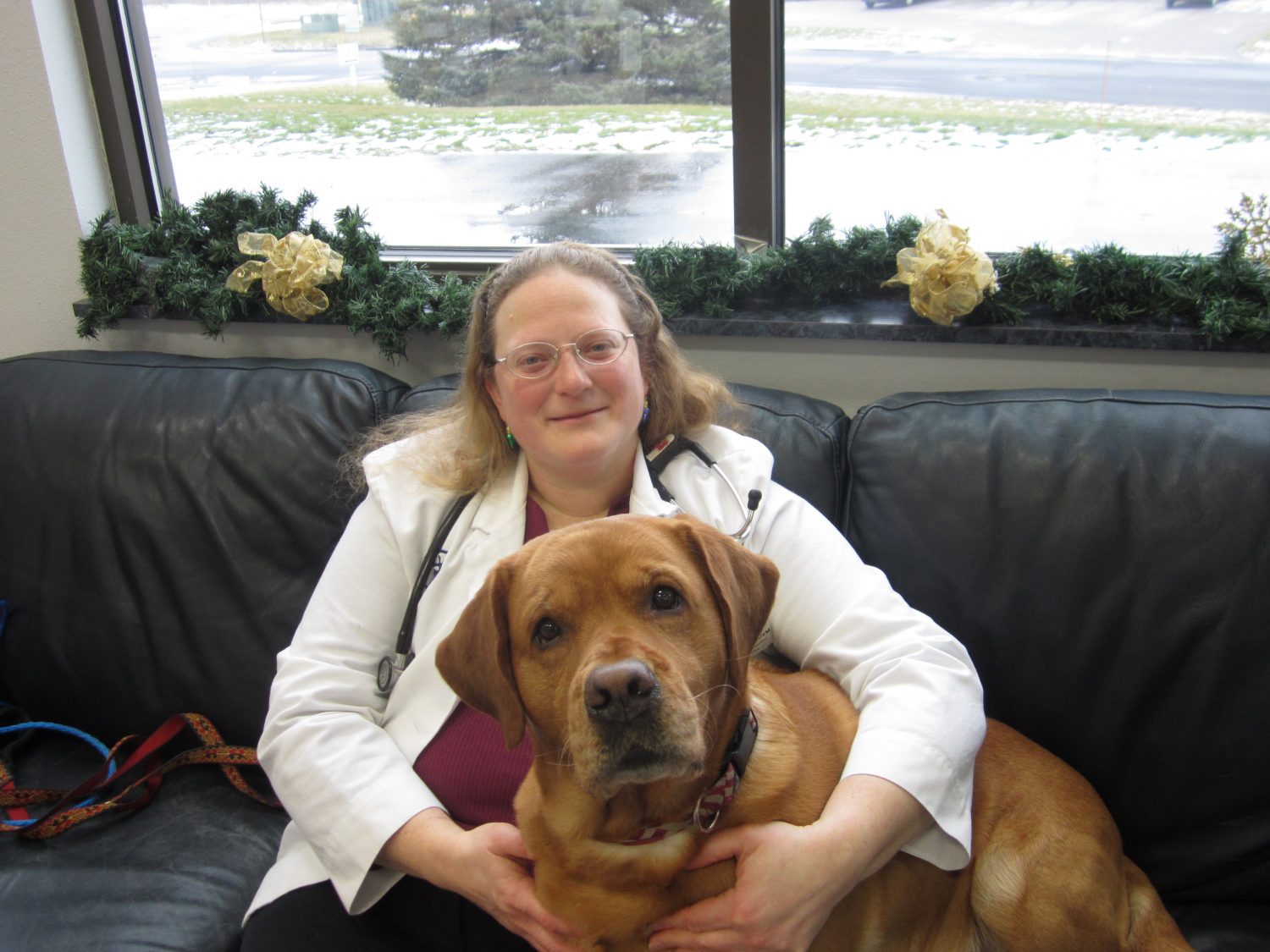Breed breakdown: An in-depth look at the Doberman Pinscher

By Dr. Beth Engelbert, DVM
Wildwood Animal Hospital and Clinic LLC
Alert, loyal, elegant, powerful: these words are often used to describe the Doberman Pinscher. The Doberman was developed as an obedient yet fearless military and police dog as well as protector in the home. Over the years, many breeders strove to bring out the loving, sweet nature of the Doberman, which led them to other jobs, including best friend.
The Doberman history is mostly speculative. Karl Friedrich Louis Doberman, a tax collector, is credited with “designing” the breed in the late 1800s. He also worked at a dog pound and presumably used his access to the pound to develop a dog to “help” him with tax collection.
It is believed that the German Pinscher and the Old German Shepherd — a now extinct shorthaired dog — were the main ancestors to the breed. Rottweilers, Beaucerons, and Weimeraners also likely went into development of the Doberman. The terriers gave them a fast, feisty attitude while the herding and guard dogs added intelligence and power. It is thought that the Manchester terrier and the English greyhound were later added to streamline the look of the Doberman.
Dobermans are distinctive and recognizable. They are balanced dogs with long legs, graceful arched necks, and slender noses. With their deep chests and muscling, they certainly can look formidable. Like many dogs of their time, the tails were docked and the ears were cropped to prevent them from interfering with their work. Cropped ears were thought to help localize sound, important for a working dog. “Natural” ears and tails are becoming more popular, and in some countries docking and cropping are illegal.
Dobermans have four accepted colors according to their breed standard: black, red, blue, and fawn. All Dobermans have brown or tan highlights on the eyebrows, muzzle, throat, chest, feet, and below the tail. White Dobermans are albinos with cream fur, white highlights, and blue eyes. While beautiful, most white Dobermans have skin and eye sensitivities, especially to light, and are predisposed to skin cancer. Many breeders are actually working to eliminate this gene.
Ask any veterinarian about Doberman health, and most will mention heart disease and von Willebrand’s, a blood clotting disorder. Dobermans are at risk for developing dilated cardiomyopathy, and even with treatment most succumb to the disease.
Like many large breeds, Dobermans can develop hip dysplasia. Hypothyroidism can also be seen. Neurological disorders such as wobbler syndrome — compression of neck spinal cord — and degenerative myelopathy can occur. Narcolepsy has been seen in some Dobermans as well as compulsion disorders.
Strong in mind and body, Dobermans need training and guidance. They also prefer an active lifestyle. If a Doberman is right for you, researching breeders and trainers will help you find the perfect, loyal companion.
Wildwood Animal Hospital and Clinic LLC is located at 210 Airpark Road in Marshfield and online at wildwoodanimalhospital.net.
Leave a reply
You must be logged in to post a comment.






